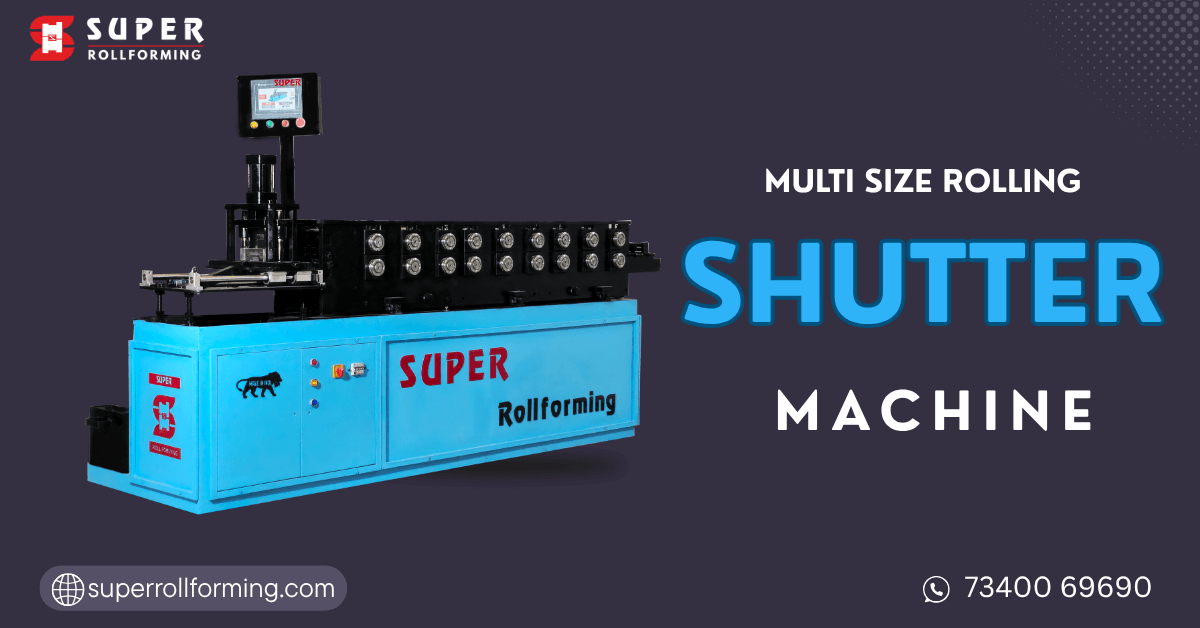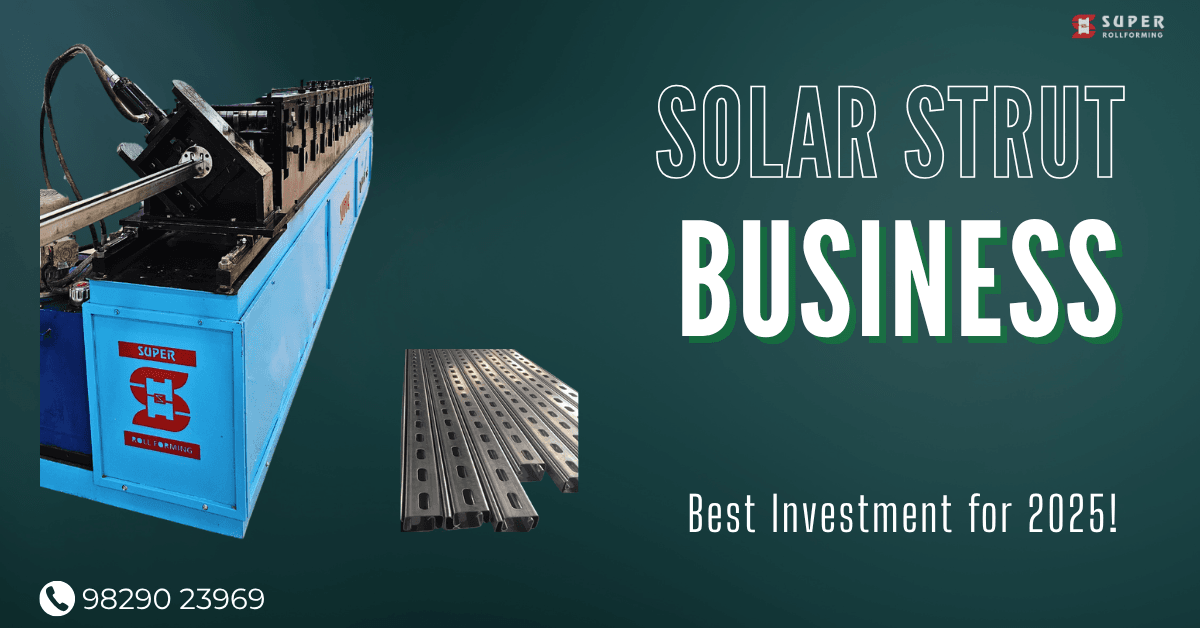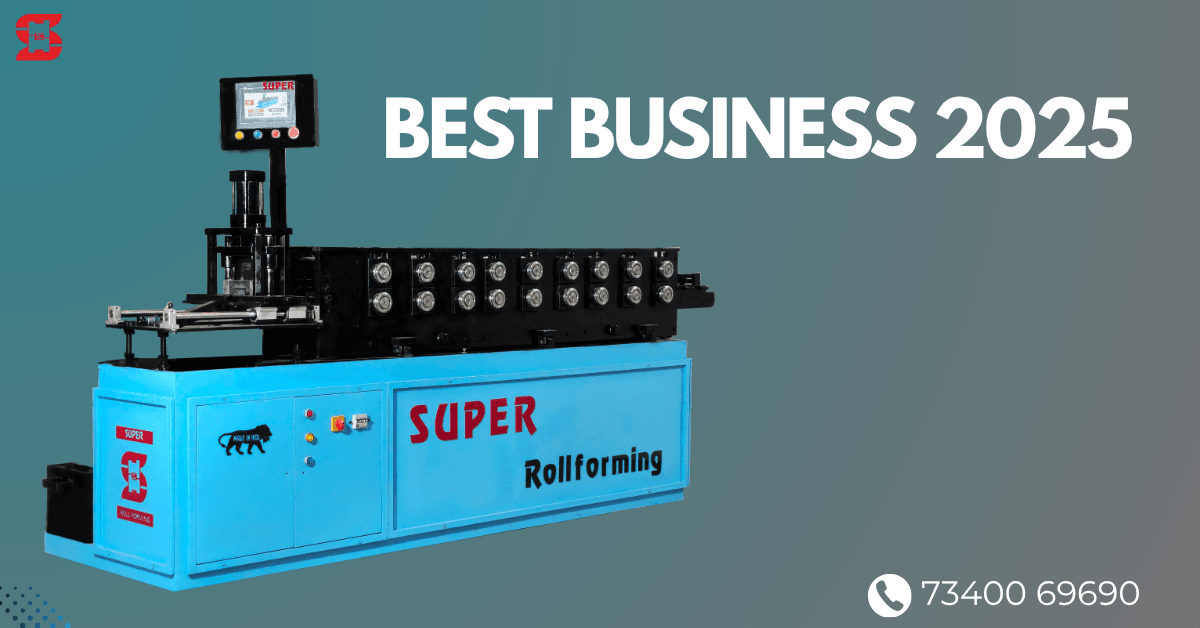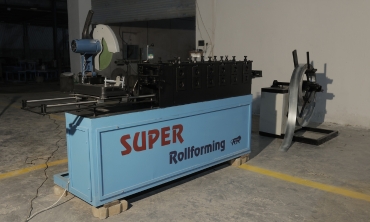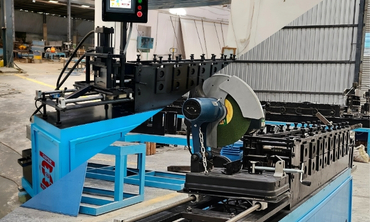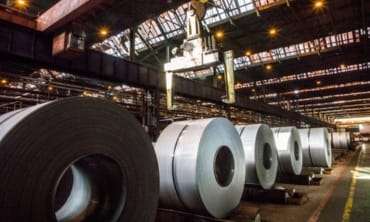Introduction
In roll forming, sourcing the right materials is critical for ensuring product quality, consistency, and cost-efficiency. Whether for solar strut channels, automotive panels, or industrial carts, materials selection impacts product durability and production cost, highlighting the need for a well-structured approach to supply chain management. Navigating these complexities can streamline operations, reduce production costs, and secure a competitive advantage.
Importance of Effective Material Sourcing in Roll Forming
Quality material sourcing plays an essential role in roll forming as it directly influences:
- Product Integrity: High-quality materials ensure product durability and maintain structural consistency.
- Cost-Efficiency: Effective sourcing minimizes production costs by avoiding material wastage and optimizing purchase volumes.
- Lead Times: Sourcing locally or from reliable international suppliers reduces lead times, enhancing production efficiency.
Key Steps for Efficient Material Sourcing
1. Understand Material Specifications and Requirements
- Determine the specific material properties required for your roll-formed products, such as thickness, tensile strength, and corrosion resistance.
- Evaluate material grades (e.g., cold-rolled steel, stainless steel) and choose the most suitable ones for your industry.
2. Identify and Evaluate Reliable Suppliers
- Research Supplier Options: Identify potential suppliers with a proven track record in the roll forming industry.
- Evaluate Certification: Choose suppliers certified by industry standards like ISO 9001, ensuring high-quality material sourcing.
- Review Supplier History: Reliable suppliers should have a positive history of fulfilling material specifications and meeting deadlines.
3. Conduct a Cost-Benefit Analysis
- Compare Prices: Obtain quotes from multiple suppliers to compare material prices and delivery costs.
- Analyze Quality vs. Cost: While cost is essential, the quality of materials should not be compromised, as low-quality materials can increase waste and defect rates.
Addressing Challenges in Supply Chain for Roll Forming Materials
1. Volatility in Raw Material Prices
- Monitor Market Trends: Stay updated on fluctuations in material prices and consider forward contracts to lock in rates.
- Establish Strategic Partnerships: Building strong relationships with suppliers can provide pricing stability and favorable terms during price hikes.
2. Quality Control and Consistency
- Implement Material Testing Protocols: Ensure materials meet required specifications by implementing rigorous testing upon delivery.
- Work with Local Suppliers: Local sourcing may offer better quality control, especially for projects requiring consistent quality.
3. Logistics and Lead Time Management
- Optimize Inventory Levels: Balance between maintaining adequate stock and avoiding excess inventory costs.
- Consider Regional Suppliers: Sourcing from local or regional suppliers can reduce lead times and mitigate supply chain disruptions.
Sustainable Sourcing in Roll Forming
Increasingly, industries are focused on sustainable and environmentally-friendly practices in roll forming. Sustainable sourcing can:
- Reduce Carbon Footprint: Opting for recycled or low-carbon materials contributes to sustainability goals.
- Enhance Brand Value: Sustainable practices attract environmentally-conscious customers, giving brands a competitive edge.
- Comply with Regulations: Adopting green materials aligns with environmental regulations and industry standards.
Tips for Sourcing Roll Forming Materials in Emerging Markets
For companies sourcing materials internationally, particularly from emerging markets:
- Conduct Thorough Vetting: Evaluate potential suppliers’ facilities, certifications, and adherence to quality standards.
- Understand Tariff and Import Regulations: Consider how tariffs and import taxes will impact material cost.
- Assess Language and Cultural Differences: Effective communication ensures alignment on material specifications, delivery schedules, and quality expectations.
Best Practices for Building Supplier Relationships
Developing long-term relationships with reliable suppliers ensures stability in your supply chain. Some best practices include:
- Regular Supplier Audits: Auditing suppliers regularly helps maintain quality and efficiency.
- Clear Contracts and Communication: Clearly outline material specifications, timelines, and penalties for delays.
- Collaborative Inventory Management: Work with suppliers on demand forecasting to manage inventory more effectively.
Conclusion
Effective sourcing of materials for roll forming requires a combination of thorough supplier evaluation, understanding market dynamics, and sustainable practices. By navigating the complexities of the supply chain thoughtfully, companies can secure reliable, high-quality materials that enhance product quality and reduce overall production costs.

